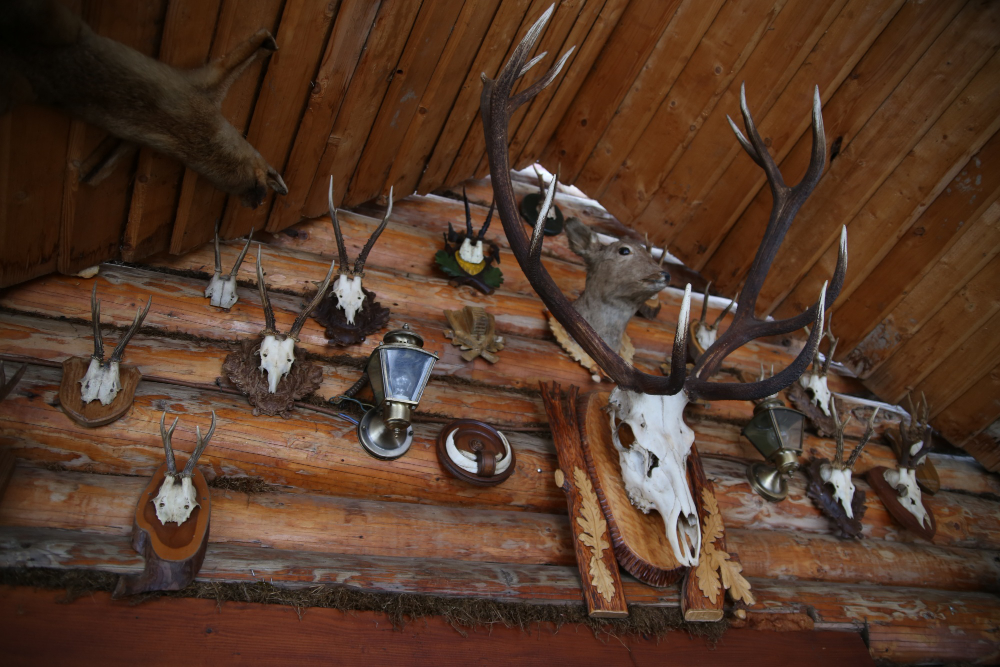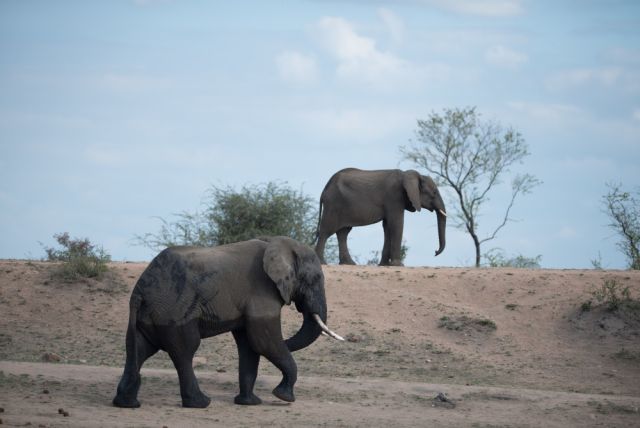Our Blogs
Art of Trophy Hunting
The art of trophy hunting encompasses a blend of skill, ethics, and conservation. It requires a deep understanding of wildlife, a commitment to fair chase principles, and the ability to make a significant contribution to conservation efforts. While it remains a contentious practice, when conducted responsibly and ethically, trophy hunting can play a role in preserving wildlife and supporting local economies.
Trophy hunting is a practice where hunters pursue and harvest wild animals with the goal of obtaining a trophy, usually in the form of the animal's head, horns, antlers, or hide. This form of hunting is distinct from subsistence or recreational hunting as it emphasizes the selective targeting of mature, often male, specimens that display exceptional physical characteristics.
Trophy hunting has a long history, with roots stretching back to ancient times when hunters would display animal parts as symbols of prowess and status. In the 19th and early 20th centuries, European explorers and colonialists popularized trophy hunting in Africa and India, often embarking on grand safaris. This era cemented the cultural image of the trophy hunter as an adventurer and conservationist.
Introduction to Hunting Tours
- The concept of hunting tours dates back to the late 19th and early 20th centuries when affluent individuals sought out big game hunts in Africa. Over time, the industry evolved to include a broader audience and a wider variety of game and locations.
- Hunting tours provide enthusiasts with the opportunity to experience hunting in a structured and often exotic environment, organized by professional outfitters.
- The appeal of hunting tours lies in the combination of adventure, skill, and the chance to hunt in diverse and often remote locations, offering an unparalleled experience for enthusiasts.

 Categories
Categories Latest posts
Latest posts
